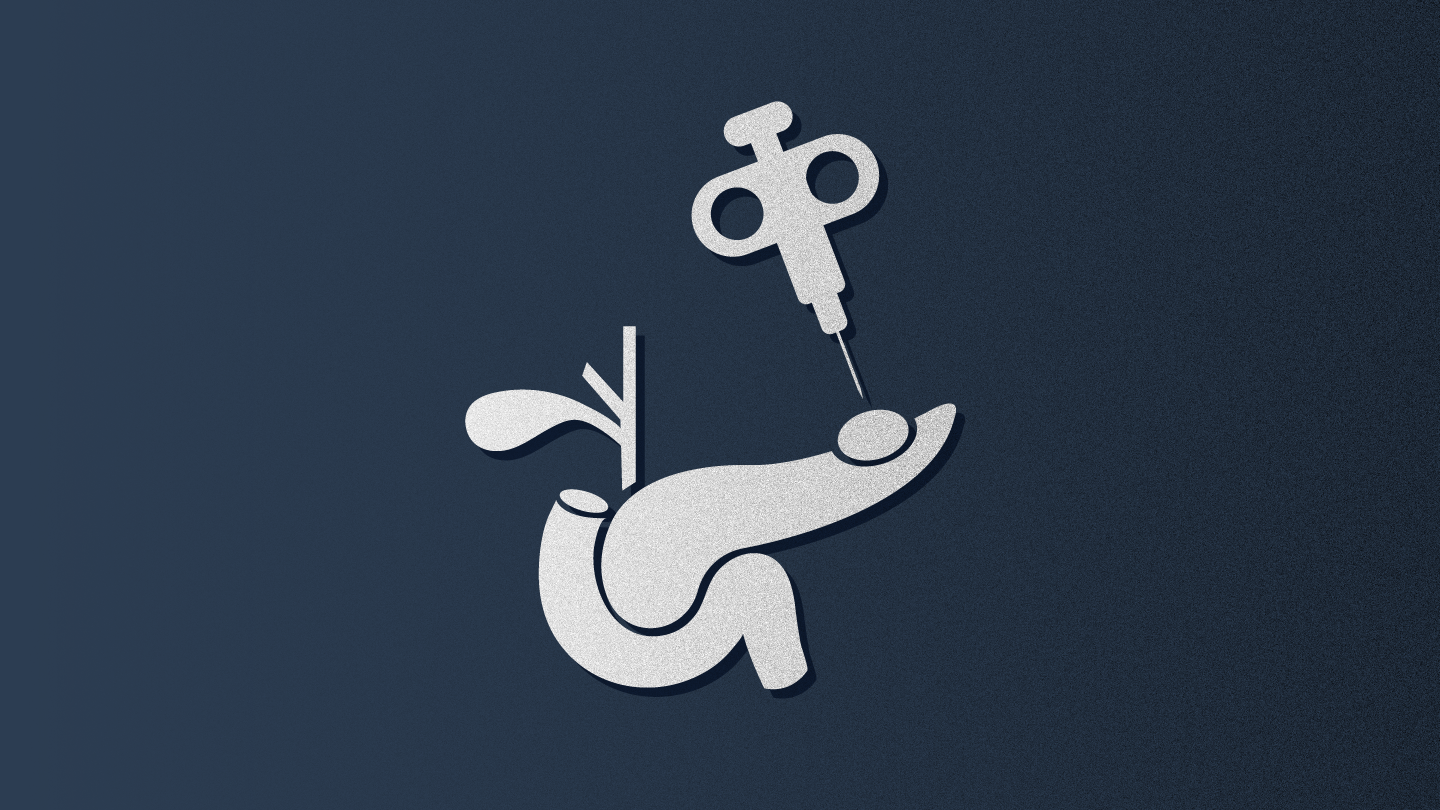
A newly published study has found that using endoscopic ultrasound-guided fine needle biopsy (EUS-FNB) could improve the diagnosis and treatment of pancreatic cystic lesions.
The researchers evaluated 100 patients between 2016 and 2024 and showed that endoscopic EUS-FNB provided a definitive histologic diagnosis in 60 percent of cases. Patients with diagnostic results were more than seven times as likely to receive appropriate treatment compared with those without a clear biopsy outcome.
Pancreatic cystic lesions (PCL) are common and can potentially develop into pancreatic cancer. Accurately identifying which cysts are benign vs. malignant remains a clinical challenge. Imaging and fluid analysis are commonly used but often yield inconclusive results, leading to unnecessary surgeries or missed malignancies.
Most of the cysts sampled in the study were microcystic or had mural nodules – features favorable for biopsy. A 22-gauge fork-tip needle was used in the majority of procedures, with two or more passes performed in half of the cases. The researchers found that performing at least two passes improved diagnostic yield.
EUS-FNB enabled accurate classification of cyst types, including intraductal papillary mucinous neoplasms (IPMN), mucinous cystic neoplasms, serous cystadenomas, neuroendocrine tumors (NET), and solid pseudopapillary neoplasms. Diagnostic accuracy for identifying malignant cysts was 81 percent, with 100 percent specificity and 73 percent sensitivity.
Among the 21 patients who later underwent surgery, the biopsy results closely aligned with final surgical histopathology. Among those with diagnostic FNB, 78 percent received care aligned with clinical guidelines. This was significantly higher compared with the 33 percent among those with nondiagnostic results.
“There was a 7.2-fold increase of appropriate management decisions when FNB was diagnostic vs. nondiagnostic,” wrote lead study author Ankit Mishra, of the Department of Internal Medicine at the University of Michigan, and colleagues.
This improvement included safely discontinuing surveillance for benign cysts and performing timely surgical resection for malignant cysts.
The researchers also highlighted the limited diagnostic value of fluid analysis, which failed to identify specific cyst types and showed only moderate agreement with FNB findings when both were available.
While the procedure was generally safe, 4 percent of the patients developed mild postprocedure pancreatitis, most of whom had IPMN or NET. No serious complications or needle tract seeding were reported.
The researchers recommended EUS-FNB, particularly for cysts with mural nodules, microcystic features, or when fluid aspiration isn't possible. They emphasized performing at least two needle passes to improve diagnostic success.
Although advanced diagnostic tools like molecular testing and confocal laser endomicroscopy are available, they may be cost prohibitive or inaccessible. In contrast, FNB is widely available and may serve as a practical alternative for many clinicians.
The researchers concluded that EUS-FNB may be an effective diagnostic tool for pancreatic cystic lesions that improves treatment decisions and could reduce unnecessary surgeries. Further prospective studies are needed to validate these findings and refine clinical protocols.
This article was originally published on conexiant.com.




